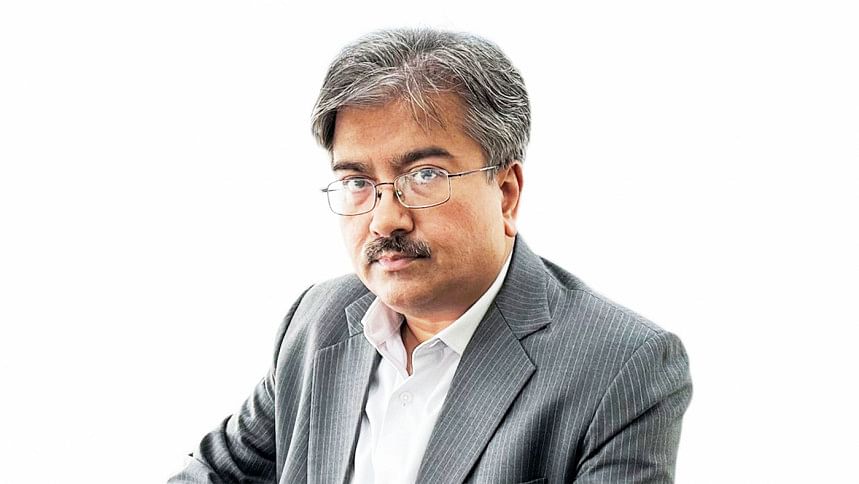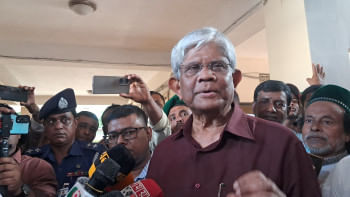Human Capital Development a Challenge

While paints and coatings bring the walls of our homes to life and create beautiful patterns, they also play a crucial role in preserving buildings and structures of national importance. Paint coats everything from interior and exterior walls to bridges, floors, furniture, and even spacecraft. It prevents rusting and corrosion, extending the life of all coated objects.
The Bangladesh paint industry, one of the largest in South and Southeast Asia, has experienced high single-digit growth over the last five years. Approximately 40 companies are registered with the Bangladesh Paint Manufacturers' Association (BPMA), including several global multinationals. The technology for producing various advanced paints for domestic and industrial purposes, such as decorative paints with specialty finishes and high washability, long-term exterior durability, general industrial coatings, and specialized coatings that can withstand high temperatures, chemicals, or environmental corrosion, as well as automotive and marine paints, is available in Bangladesh. The vast majority of the paints and coatings required for various infrastructural mega projects are being met through domestic production.
However, the industry faces several challenges. The majority of raw materials for paints are imported, exposing manufacturers to the negative impacts of international price escalations and adverse movements in foreign exchange rates. There is also significant competition from imported paints in specific segments. Despite paint being a key item for the preservation of critical industrial and general infrastructure, it is classified as a "luxury" item and subjected to supplementary duty.
Adequate development of human capital in the paint industry, especially in the technology function, remains a challenge. Greater collaboration between the industry and academic institutions, along with the provision of testing equipment, is required to close the gap. Addressing these concerns would help ensure sustained growth and the continued evolution of the industry as a key partner in the industrial development of Bangladesh.

 For all latest news, follow The Daily Star's Google News channel.
For all latest news, follow The Daily Star's Google News channel. 



Comments